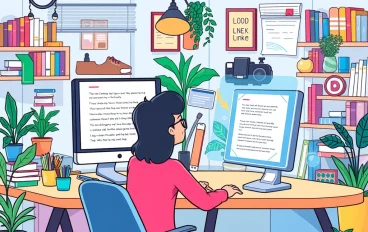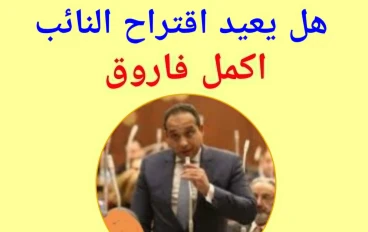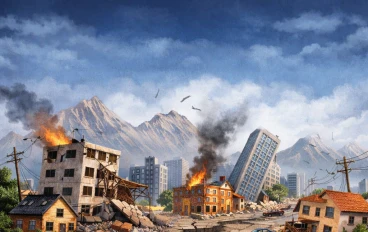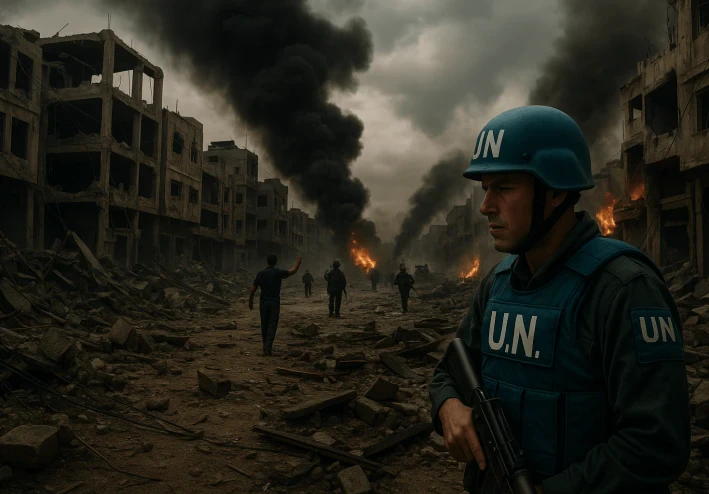
UN and the Middle East Crisis: War Collapse and Humanitarian Breakdown
UN and the Middle East Crisis: War Collapse and Humanitarian Breakdown
The ongoing conflict in the region has led to a severe humanitarian breakdown. The United Nations (UN) plays a crucial role in managing the crisis.
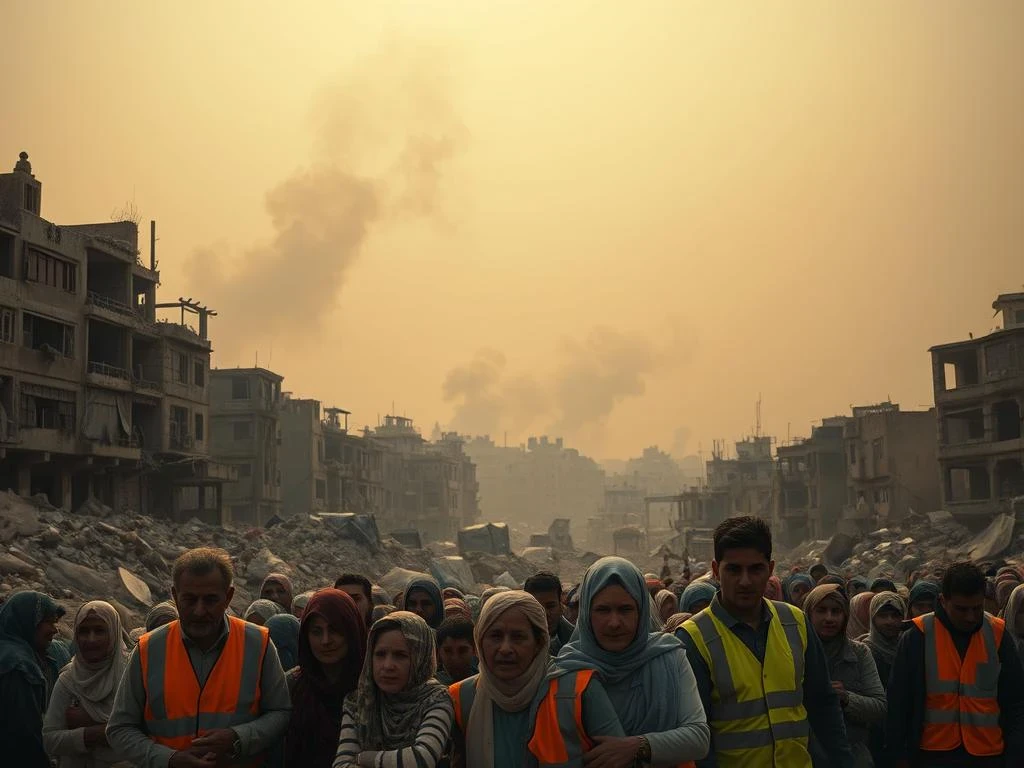
It's clear that the crisis is complex. It needs a deep understanding of its causes, effects, and solutions. The UN, through agencies like the United Nations Relief and Works Agency for Palestine Refugees in the Near East (UNRWA), has been actively involved in providing humanitarian aid.
The crisis has resulted in significant geopolitical instability. The need for effective conflict resolution strategies is more pressing than ever.
The Current State of the Middle East Crisis
The ongoing Middle East crisis, with the Gaza War at its core, reveals a complex web of instability. Various elements contribute to the intensifying violence and humanitarian disaster unfolding.
Gaza War: Escalation and Ongoing Hostilities
The Gaza War has escalated hostilities, causing immense damage and loss on both sides. The conflict has precipitated a severe humanitarian crisis, marked by extensive destruction and human loss. Humanitarian groups emphasize the dire situation in Gaza, where civilians are disproportionately affected.
Civilian Casualties and Displacement
Thousands of civilians have been displaced, highlighting the urgent need for humanitarian aid. Efforts to assist those affected are underway, but the situation remains critical.
Regional Tensions and Flashpoints
Regional tensions are escalating, with multiple hotspots across the Middle East. The conflict's potential to expand is evident, with Lebanon and Syria already feeling its effects. The international community must remain vigilant to avert further escalation.
Peacekeeping efforts and international diplomacy are essential in addressing the crisis. The United Nations plays a crucial role in advocating for a peaceful resolution and reducing hostilities.

Historical Context: Seeds of the Current Conflict
The Middle East crisis's historical context is marked by a complex interplay of factors. These elements have significantly shaped the current situation. Delving into the conflict's roots underscores the importance of understanding the past to tackle today's challenges.
Key Events Leading to the Present Crisis
Several critical events have influenced the Middle East's trajectory. The region has seen numerous conflicts, territorial disputes, and political upheavals. These have collectively contributed to the current instability. Failed diplomatic efforts and unresolved issues have exacerbated the situation.
Failed Peace Initiatives and Their Consequences
Over the years, various peace initiatives have been undertaken, yet many have faltered. The repercussions of these failures are profound, escalating tensions and fostering mistrust among the parties. To overcome these hurdles, effective crisis intervention approaches are imperative, aiming for a sustainable resolution.
Understanding the Gaza War: My Analysis of Causes and Effects
The Gaza War's complexities reveal deep-seated causes and profound effects. This conflict, involving numerous stakeholders, poses significant humanitarian challenges. It is a multifaceted issue, demanding a nuanced understanding.
Trigger Events and Initial Military Operations
The conflict started with a series of escalating events. Initial clashes between Israeli forces and Palestinian militants turned into intense violence. This violence caused a lot of destruction
and loss of life, marking a turning point in the conflict.
Infrastructure Destruction and Societal Impact
The war has severely damaged Gaza's infrastructure. Widespread destruction of homes, roads, and public facilities has changed daily life. This has led to a major humanitarian crisis, affecting everyone.

Healthcare System Collapse
The conflict has put a huge strain on Gaza's healthcare system. Hospitals and medical facilities have suffered damage or destruction. The shortage of medical supplies and personnel has made things worse.
Educational Institutions Under Fire
Educational institutions have also been affected. Schools and universities have been damaged or used as shelters. This disruption has hindered the education of thousands, making recovery harder.
The Gaza War shows the need for effective humanitarian crisis management. We need a comprehensive strategy. It must address the immediate needs of the affected population and aim for a lasting resolution.
Geopolitical Instability Across the Region
The Middle East is seeing a rise in geopolitical instability. This is changing regional alliances and conflicts. This instability is affecting countries beyond the immediate conflict zones.
Spillover Effects in Lebanon, Syria, and Jordan
Lebanon, Syria, and Jordan are facing significant destabilization. Lebanon, for example, deals with Palestinian refugees and Hezbollah's influence, a Shia militia backed by Iran. As UN Secretary-General António Guterres noted, "The situation in Lebanon is precarious, with the risk of escalation ever-present."
"The situation in Lebanon is precarious, with the risk of escalation ever-present."
UN Secretary-General António Guterres
Regional Power Dynamics: Iran, Saudi Arabia, and Turkey
Regional power dynamics are key in the Middle East's geopolitical instability. Iran, Saudi Arabia, and Turkey are involved in a complex web of alliances and rivalries. Iran's support for Hezbollah and other militias, for example, strains its relations with Saudi Arabia and its allies. Understanding these dynamics shows the importance of international diplomacy in navigating these complex relationships.
The interactions among these regional powers affect not just the Middle East but global security. Effective international diplomacy is crucial to reduce tensions and strive for regional stability.
The United Nations Role in Crisis Management
As the Middle East crisis grows, the UN's role in crisis management becomes more important. The organization's efforts include diplomatic initiatives, peacekeeping operations, and humanitarian aid. These efforts are vital for addressing the escalating conflict.

Diplomatic Efforts and Challenges
The UN Security Council has issued many resolutions to solve the conflict. Yet, diplomatic deadlocks often block progress. "The UN Security Council's ability to act is often hampered by the veto power of its permanent members," I observe. This highlights a significant challenge to effective crisis management.
Peacekeeping and Its Limitations
Peacekeeping efforts are key for the UN in the Middle East. Yet, they face big challenges. These include limited mandates, not enough resources, and the complex nature of the conflict.
Challenges to UN Authority
The UN's role in conflict zones is often questioned by different groups. This makes it hard to deliver aid and carry out peacekeeping missions.
The UN needs to change its ways to solve the crisis. It must use diplomacy, improve peacekeeping, and get aid to those who need it.
"The United Nations is still very important in the Middle East peace process. But it can only work well if its member states cooperate and it can adjust to new situations."
It's important to understand these challenges to see how hard it is for the UN to manage the Middle East crisis.
UNRWA Response: Frontline Humanitarian Operations
The Middle East crisis highlights UNRWA's crucial role in providing aid. It is at the forefront, helping those affected by the conflict.
Aid Distribution Under Fire
UNRWA's aid distribution is often targeted, making it hard to reach those in need. Despite these challenges, the agency continues to operate in dangerous areas. It delivers aid to displaced and affected people.
Operational Challenges include navigating through conflict zones and managing infrastructure destruction. UNRWA must find new ways to distribute aid.
Funding Shortfalls and Operational Challenges
UNRWA faces big funding problems, which affect its ability to help. The agency relies on donations from around the world. Without enough money, it struggles to operate.
Staff Safety and Facility Damage
Keeping staff safe is a top priority for UNRWA. Workers often face danger, and some have been directly affected by the conflict. UNRWA's facilities have also been damaged, making it harder to deliver aid.
UNRWA's response to the crisis in the Middle East shows its strong commitment to helping. Despite huge challenges, the agency stays dedicated to its mission.
Middle East Crisis-Gaza War-Geopolitical Instability-UNRWA Response-UN Aid: A Comprehensive Analysis
The Middle East crisis is complex, needing a comprehensive analysis to understand it fully. The Gaza war, geopolitical instability, and UN agencies like UNRWA are all connected. Together, they make the humanitarian crisis worse.
Interconnected Factors Driving the Humanitarian Breakdown
The Gaza war has caused a lot of damage and loss of life, making the crisis worse. The instability in the region, affecting countries like Lebanon, Syria, and Jordan, adds to the problem. UNRWA and other UN agencies are trying to help, but their efforts are often not enough.
Understanding the crisis requires looking at all its parts. The Gaza war is part of a larger web of regional tensions and conflicts. To solve the crisis, we need a plan that considers all these factors.
My Assessment of International Response Effectiveness
The international response to the Middle East crisis has been varied. Different countries and organizations have contributed in unique ways. UNRWA has played a key role in delivering humanitarian aid, but challenges remain in ensuring aid reaches those in need effectively.
Coordination Gaps Between Agencies
One major challenge in the international response is the coordination gaps between agencies. Different organizations often have different priorities and ways of operating. This leads to inefficiencies and duplicated efforts. Improving coordination and adopting more effective crisis intervention approaches are crucial to effectively address the humanitarian crisis.
By understanding the interconnected factors driving the humanitarian breakdown and evaluating the international response's effectiveness, we can pinpoint areas for improvement. Strengthening coordination between agencies and implementing more nuanced crisis intervention strategies are essential steps towards alleviating the crisis.
Humanitarian Crisis Management: What I've Observed in the Field
In the Middle East, a comprehensive strategy is imperative to tackle the diverse challenges. Effective humanitarian crisis management necessitates a holistic approach, focusing on the immediate needs of those affected.
The provision of emergency medical services is paramount in conflict zones. Observations reveal shortages in medical supplies, personnel, and infrastructure. Ensuring these services' continuity is crucial for saving lives and averting further health issues.
Emergency Medical Services and Critical Shortages
The demand for medical aid in conflict zones is exceptionally high. Hospitals and medical facilities are frequently overwhelmed, with dire shortages of essential medical supplies. It is imperative to support emergency medical services with sufficient resources to fulfill ground-level needs.
Food Security and Clean Water Access
Ensuring food security and clean water access is a critical humanitarian aid aspect. Conflict disrupts food systems and infrastructure, causing severe shortages. Efforts to provide food aid and restore agricultural productivity are crucial for sustaining affected communities.
Shelter Solutions for Displaced Populations
Providing adequate shelter for displaced populations is a significant challenge. Many are forced to flee due to conflict, facing risks without proper shelter. Establishing safe and secure shelter solutions is vital for protecting these vulnerable groups.
In conclusion, managing the humanitarian crisis in the Middle East demands a coordinated, multifaceted response. By addressing critical needs in medical services, food security, and shelter, we can alleviate the suffering of affected populations.
International Diplomacy and Conflict Resolution Approaches
International diplomacy is crucial in the quest for peace in the Middle East, where conflict persists. Analyzing diplomatic efforts reveals a need for sustained commitment to conflict resolution for lasting peace.
Current Mediation Attempts and Ceasefire Proposals
Mediation attempts are ongoing, with ceasefire proposals at their core. These efforts aim to stop violence and foster a peaceful negotiation environment.
Diplomatic Coalitions and Competing Interests
Diplomatic coalitions are formed to enhance collective influence in conflict resolution. Yet, competing interests among members complicate negotiations, necessitating adept diplomacy to overcome these hurdles.
Arab States' Positions and Influence
The roles and influence of Arab states are pivotal in shaping diplomatic efforts. Their participation can either aid or obstruct peace progress, contingent on their interests and cooperation levels.
Understanding these dynamics is essential for effective international diplomacy. Recognizing the complexities and nuances allows diplomats to craft more effective strategies to address the Middle East crisis.
The Role of Global Powers in Middle Eastern Stability
Understanding the role of global powers is crucial in assessing Middle Eastern stability. The actions of these powers have significant implications for the region's geopolitical landscape.
US Policy Evolution and Regional Impact
The United States has always been key in the Middle East. Its policy changes have big effects on the area. These changes can make the region more stable or less stable.
Russia, China, and European Union Strategic Approaches
Other global powers like Russia, China, and the European Union also play big roles. Russia is involved in Syria, while China is growing its economic ties. The European Union focuses on helping with the humanitarian crisis.
Economic Interests Versus Humanitarian Concerns
These global powers face a big challenge. They must balance their economic interests with helping people. Their actions greatly affect the region's stability and people's lives.
Future Prospects: Pathways to Peace and Reconstruction
The Middle East is looking towards a peaceful future. This is thanks to new peace initiatives. A complete plan is needed to solve the conflict's roots and support lasting growth.
Emerging Peace Initiatives I Find Promising
New peace initiatives are showing promise. They include diplomatic talks, economic plans to fight poverty, and cultural programs to bring people together.
Rebuilding Infrastructure and Communities
After conflicts, rebuilding is crucial. This means fixing roads, schools, and hospitals. It also means helping local economies and bringing communities together.
Long-term Stability and Governance Solutions
For lasting stability, strong governance is key. This means building strong institutions, being transparent, and protecting people's rights. By focusing on these areas, we can work towards a peaceful future.
Conclusion: Navigating the Complex Road Ahead
The Middle East crisis is a big challenge. It needs a complete solution. The United Nations, especially UNRWA, plays a big role in managing the crisis.
Effective conflict resolution strategies are essential. The world must come together to bring peace and stability. This means improving diplomacy and supporting humanitarian efforts.
Resolving the Middle East Crisis requires global cooperation. This means forming alliances, supporting peacekeeping, and boosting economic growth in affected areas.
As we move forward, we must strengthen peace initiatives and explore new ways to peace. Our goal is to create a stable and prosperous future for the Middle East's people.
FAQ
? What is the current state of the Middle East crisis
The Middle East crisis is at a critical point. The Gaza war has made things worse. There are more civilian casualties and people have been displaced.
? How is the UN responding to the humanitarian crisis
The UN, especially UNRWA, is providing vital aid. They offer emergency medical services, ensure food security, and provide shelter for those displaced.
? What are the main challenges faced by UNRWA in its response
UNRWA faces big challenges like funding shortages and safety risks. Damage to facilities also makes their work harder.
? What role do global powers play in the Middle East crisis
Global powers like the US, Russia, China, and the European Union have a big impact. Their actions greatly affect the region's stability.
? What are the prospects for peace and reconstruction in the region
Peace initiatives are bringing hope. Rebuilding infrastructure and communities is key for after the conflict. This needs good governance and a complete plan.
? How effective is international diplomacy in resolving the conflict
International diplomacy is still very important. There are ongoing talks and ceasefire proposals. But, different interests can make things hard, so we need to keep working.
? What are the key factors driving the humanitarian breakdown
The Gaza war, political instability, and UN agency responses are linked. These cause the humanitarian crisis. We need a comprehensive analysis to fix it.
? How can the international community improve its response to the crisi
The international community needs to work better together. We must support peace, stability, and rebuilding. Also, we should fix the gaps in agency coordination to improve our crisis response.
































